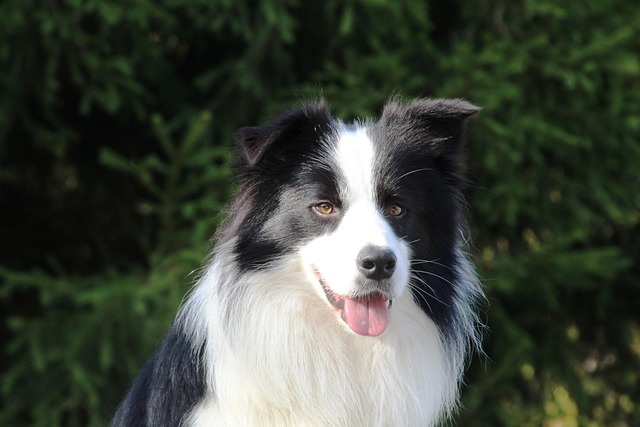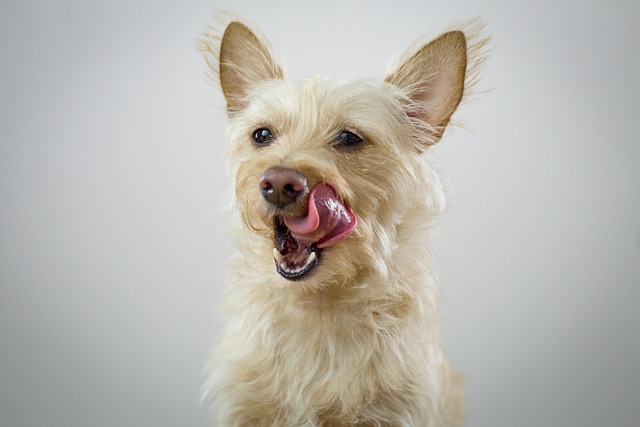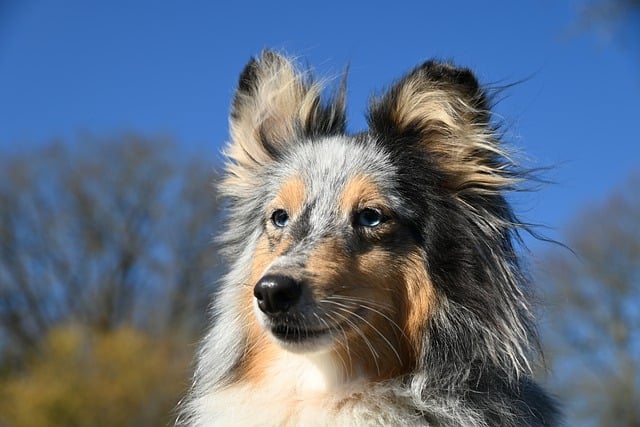When you reach out your palm and the furry little paw lightly touches it, it feels like crossing the boundaries of a species and completing a spiritual handshake. Training Pomeranians to shake hands may seem like a simple skill teaching, but it is actually a two-way communication filled with warmth. As the most lively and intelligent member of the fox dog family, the Pomeranian has outstanding learning abilities, but to make this proud little elf willingly extend its claws, it requires not only training skills, but also a deep understanding and respect for their psychology.
Psychological development before training is more important than the method itself. Although Pomeranians are small in size, they have a strong sense of self-awareness. They do not mechanically obey commands like working dogs, but require sufficient reasons and motivation. Before starting handshake training, observe whether your Pomeranian is in a state suitable for learning - it should be mentally relaxed but focused, with its tail naturally hanging or slightly swaying, and its ears facing the sound source. If it is being attracted to other things or appears restless, forced training will only backfire. A senior Pomeranian breeder shared her experience: choosing the calmest time for your dog to train for 5 minutes every day, the effect far exceeds the spontaneous long-term practice. Remember, for Bomei, training should be the expected gaming time, not tedious homework.
The actual operation can be divided into three stages, each of which requires a keen grasp of Bomei's subtle reactions. In the initial stage, it is necessary to establish a correlation between "lifting claws" and rewards. You can gently touch the joint behind its front legs, which most dogs instinctively lift when touched. At the moment when the paw leaves the ground, immediately say "shake hands" and give a reward, and the time difference should be controlled within 1 second. Using high-value small particle snacks, such as freeze-dried chicken nuggets, can significantly improve the compatibility of Bomei. In the advanced stage, gesture prompts can be added - the palm is extended upwards at the height of its chest, combined with verbal commands. When Bomei starts actively trying to lift its claws, even if it is only slightly off the ground, it should be rewarded immediately. This "capture training" can strengthen its ability to think independently. In the final stage, it is necessary to gradually extend the time for the paw to stay in the palm, from instant contact to holding for 2-3 seconds, while reducing the frequency of food rewards and using touch and verbal praise instead.

The most common challenge encountered during the training process is Bomei's "selective obedience". This clever breed will soon understand that shaking hands can earn rewards, but may develop its own "negotiation strategy" - only cooperating when you have food in your hand, or using your nose to push your hand instead of lifting it. At this point, it is necessary to return to basic training to ensure that the reward method varies after each successful handshake (sometimes food, sometimes toys, sometimes just enthusiastic praise), so that it cannot predict specific rewards but always maintains expectations. A host cleverly utilized Bomei's tendency to be noticed, summoning the whole family to applaud every time they shook hands correctly. This special "celebration ceremony" became a more tempting reward than food.
The handling of special circumstances requires extra patience and creativity. For particularly sensitive Pomeranians, touching their legs directly may cause discomfort, so they can use slender snacks to guide them to naturally lift their claws. Elderly Pomeranians may experience joint discomfort, so it is important to exercise gently and use soft training pads. Previously traumatized rescue personnel may be wary of physical contact, so they can start with rewarding touch, even if it's just allowing their fingers to lightly touch the hair and give praise, gradually building trust. An animal behavior therapist recorded a touching case: it took three months for the abused Bomei "Tangdou" to put his paw on his master's palm, but when that moment finally came, the tears on his master's face made all the waiting worthwhile.
The process of training a Pomeranian handshake is actually the process of establishing a nonverbal dialogue system. When that fluffy little one starts to actively extend its paws to greet you, it is not only showing off the skills it has learned, but also saying 'I trust you'. Behind every successful handshake, there are countless patient waits and careful observations, which are secret signals that can only be understood between you. Watching the once capricious furball elegantly complete this action, you will understand that the real training result is not the raised front paw, but the deep understanding and unspoken tacit understanding established in the process. After all, getting along with Bomei is never about conquering its will, but about finding the best way to communicate between two different species while respecting its personality. When your fingers touch your paws, all the hardships of training turn into a knowing smile - the most touching handshake doesn't require language, only sincerity.






